Please see picture gallery below – if you have any pix please send to sheilaelliot@yahoo.com)
February Bird of the Month – Snail Kite From Ben Kolstad’s article in the February Kite:
Now and then people ask me why the ASE newsletter is called the Everglade Kite. After all, the Everglades are plural, and the bird is called Snail Kite. Both true. But did you know that the federally endangered Snail Kite that we now recognize as a disjunct population of the same species that occurs in South America used to be known as the Everglade Kite? In fact, if you read the species account in A. C. Bent’s 1937 Life Histories of North American Birds of Prey, Pt I, you’ll be surprised at how much—or perhaps how little) has changed:
The Tamiami Trail runs due west from Miami for 35 miles straight through the southern half of the Everglades. For most of this distance one sees only a broad expanse of marsh, mainly covered with long grasses as far as one can see, but dotted here and there with little clumps of trees or bushes, with an occasional island of larger trees and bushes, amphibian willow, alligator apple, waxmyrtle, swamp bay, silver-leaved magnolia, and cocoa plum. Toward the western border the grassy glades are dotted with very small isolated sypresses, 8 to 10 feet high, so scattered that the broad view is not obstructed. Farther west the cypress becomes thicker and taller, often forming dense cypress clumps. […] This was the former home of the everglade kite, and it was here that we saw a lone individual in March 1930. […] When I first visited southern Florida, in 1904, everglade kites were breeding commonly all through the southern Everglades, west of Palm Beach and back of Miami and Homestead; there was even said to be a breeding colony of them near Paradise Key, now Royal Palm State Park. But the draining of the Everglades has changed all this; most of their former haunts are so dry, except during especially wet seasons, that the great marsh snails, their principal food, have died…
Bent goes on like this for another couple of pages before turning to the species description of this most Floridian of raptors: “The female is somewhat larger than the male; her general color is ‘mummy brown’ or ‘bister’; instead of bluish slate-color, mixed with whitish or pale buff below [like the male].”
With water levels in today’s Everglades being “managed,” they are constantly changing, meaning that there’s usually somewhere with enough (but not too much) water so these birds can nest and raise their young; the difficulty lies in knowing just where those places are.
Come to our February meeting to hear more about this bird.
(Photographer’s please note that next month’s Mach 2015 Bird will be the Red-shouldered Hawk)
- Snail Kite by Paul Thomas
- Snail Kite adult male with snail by Paul Thomas
- Snail Kite adult female by Paul Thomas
- Snail Kite adult male by Paul Thomas
- Snail Kite by wm Susan McKemy
- Snail Kite (female) Grassy Waters by Larry Hess
- Snail Kite (female) Grassy Waters by Larry Hess
- Snail Kite (male) Grassy Waters by Larry Hess
- Snail Kite by Sandi Smolker
- Snail Kite by Russ Martens
- Snail Kite by Don Mullaney
- Snail Kite by Susan McKemy
- Snail Kite by Susan McKemy
- Snail Kite @ Joe Overstreet Inlet by Sandi Smolker

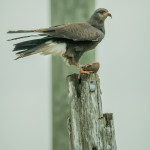
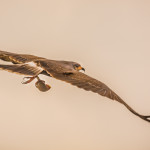
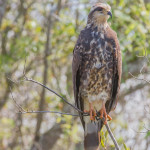
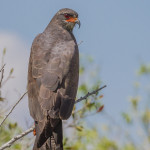
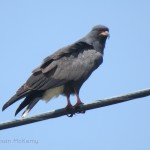
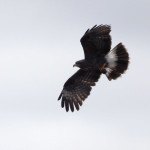
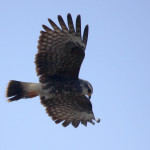
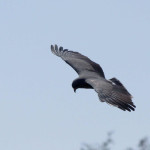
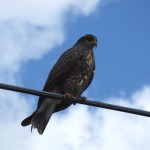
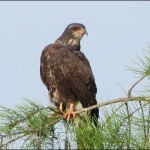

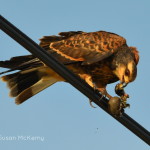
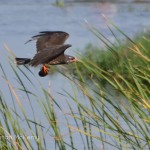
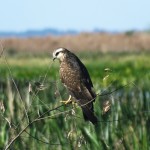
Comments are closed